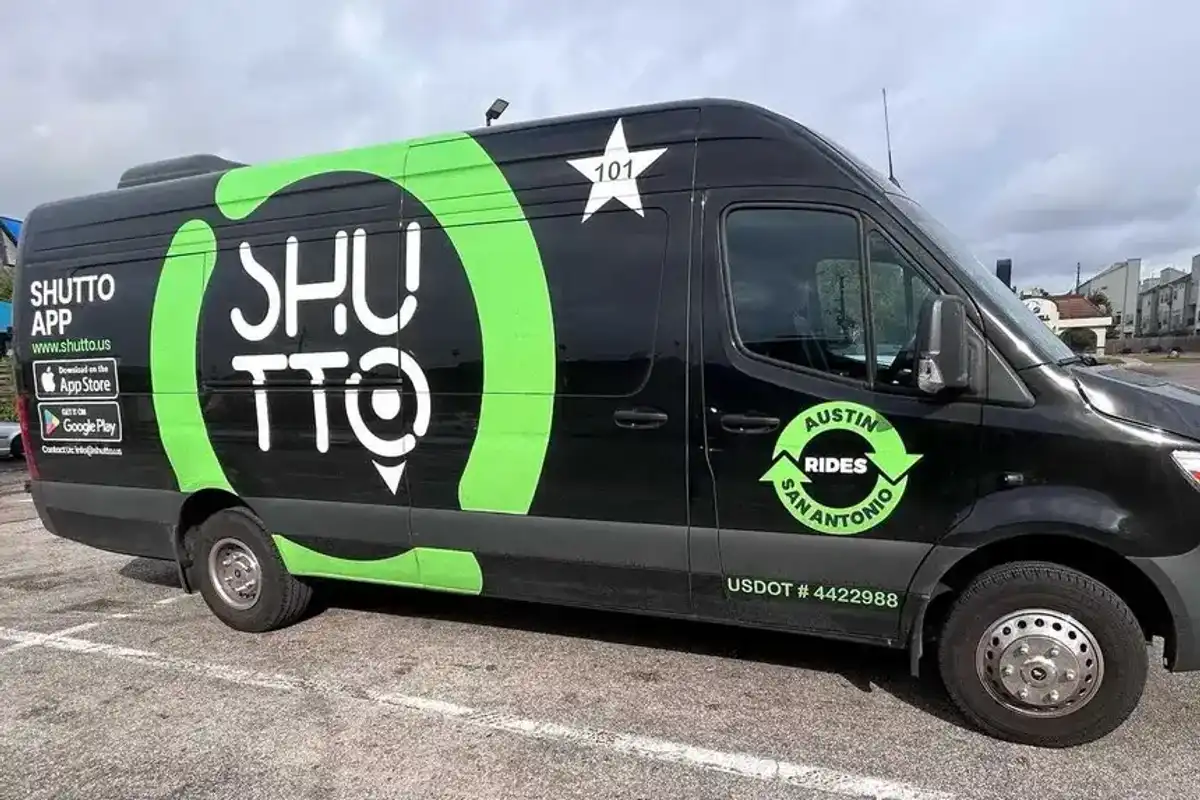2 Houston companies collaborating to develop lunar rideshare services
need a ride?
Houston-based space exploration company Intuitive Machines soon will be the Uber of space.
Intuitive Machines has signed a deal with Houston-based launch services company SEOPS to offer lunar rideshare services. Under the deal, Intuitive Machines will enable SEOPS to deliver customers' payloads to the surface of the moon, as well as to Lagrange points and geostationary transfer orbits. Essentially, this will let SEOPS hitch a ride on missions already planned by Intuitive Machines.
As NASA explains, spacecraft occupy Lagrange points between the earth and moon as “parking lots” so they can stay in a fixed position while conserving fuel. And according to the European Space Agency, transfer orbits “are a special kind of orbit used to get from one orbit to another.”
“Intuitive Machines’ rideshare capacity not only satisfies a growing market need, but it’s completely in our wheelhouse — leveraging our expertise in solving complex launch challenges for our customers,” Chad Brinkley, CEO of SEOPS, says in a news release. “It makes financial sense to take advantage of the excess capacity on Intuitive Machines’ lunar missions, while also supporting our customers' goals for lunar exploration.”
Intuitive Machines CEO Steve Altemus says the SEOPS deal underscores the aspirations of the space industry.
“SEOPS entrusting us with the delivery of its customers’ payloads to space highlights our capabilities to provide the essential infrastructure and services that support all groundbreaking commercial ambitions in space,” Altemus says.
Speaking of groundbreaking developments, Intuitive Machines recently pinned down a landing site for its sold-out mission to the South Pole. The mission will prospect for water ice.
NASA calls water ice “a valuable resource” for exploration of the moon, as it could provide drinking water, cool equipment, and generate fuel and oxygen.
The more than 650-foot-in-diameter South Pole landing site, chosen by Intuitive Machines and NASA, sits on the Shackleton connecting ridge. The ridge connects two craters.
NASA says the Shackleton ridge receives enough sunlight to power a lander for a roughly 10-day mission while offering a clear line of sight for satellite communications.
The mission, featuring an Intuitive Machines lander and NASA ice-mining equipment, is set for late 2024. The work must take place between November 2024 and January 2025 to capitalize on ideal conditions.
“A sold-out commercial and civil government mission early in our commercialization roadmap validates our approach to supporting an economy in deep space,” Altemus says in a news release. “Our expertise in landing site selection is world-class, and we believe the ability to identify landing areas with valuable resources will be essential to the future of the lunar economy.”
- Houston innovator discusses the power of a pivot and the future of the Space City ›
- Two companies will attempt the first US moon landings since the Apollo missions a half-century ago ›
- Play it back: This Houston innovator is on a mission to develop tech for the moon ›
- NASA awards $30M to Houston space tech company to develop lunar rover ›
- Space tech startup opens new $40M HQ at Houston Spaceport ›
- Houston space tech company secures $2.4M to collaborate on moon exploration innovation ›





